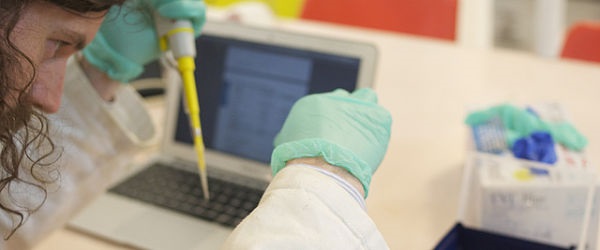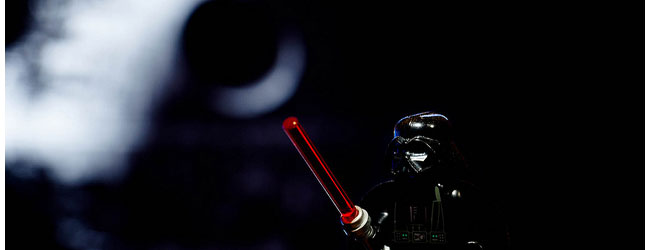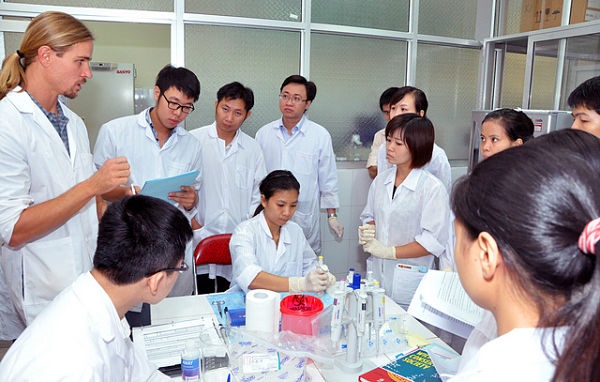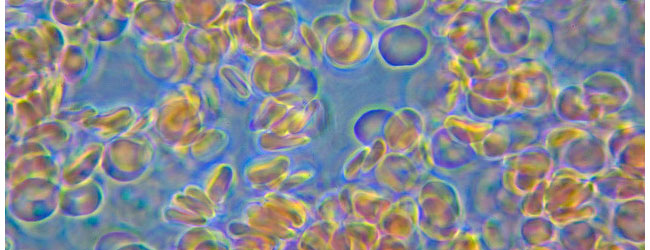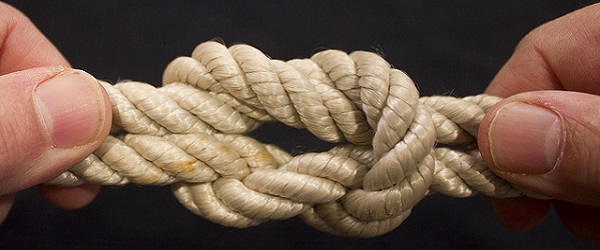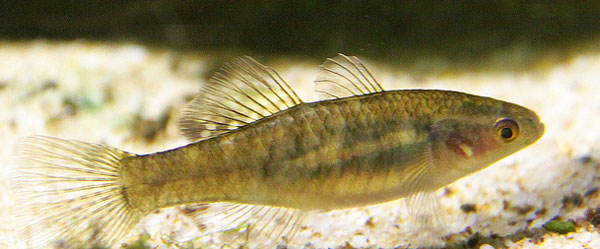Co-immunoprecipitation Protocol: Your Practical Guide To Co-IPs
Do you wonder if your favorite protein interacts with another protein? Do you wish that you could shine a spotlight on your protein to determine its binding partner? You can use co-immunoprecipitation (Co-IP) to find your protein’s partner. This article will get you ready for your first Co-IP, provide a handy Co-IP protocol, and discuss…






